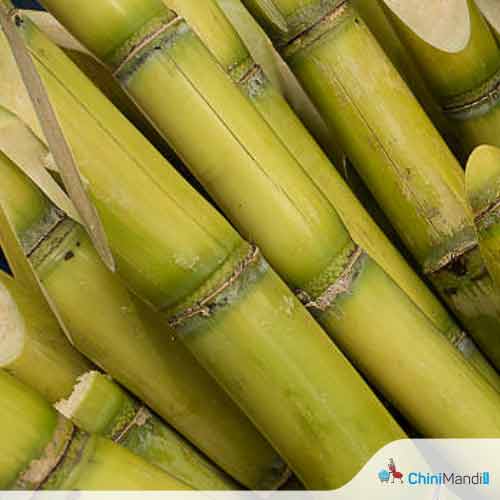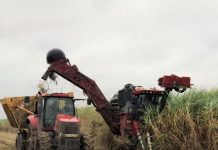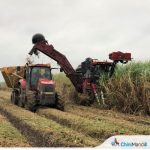SA Canegrowers has warned the drier-than-normal conditions could require an early finish to the sugarcane season but does say domestic growers continue to supply sufficient sugarcane to service the country’s requirements, reports IOL.
Through the first ten months of this year, sugarcane yields have been normal and adequate to meet local demand. However, the dryness for the past couple of months in the key growing areas might shorten the season by up to one month. It is another issue of concern for an industry already hard hit by several challenges, among them the high cost of electricity.
Higgins Mdluli, chairman of SA Canegrowers, said on Friday that small growers, who rely heavily on irrigation, are the most vulnerable group when it comes to sharply increasing electricity costs. “Already these growers function on very slim margins, and price shocks like this could push many out of business,” Mdluli warned.
By 17 August, South Africa’s cane growers delivered more than 10.6 million tons of sugarcane to mills, up from 10.59 million tons at the same time last year. The tonnage quality is up 2%, meaning this industry can produce more sugar with less cane, upholding the sure consistent supply of locally produced sugar for commercial, industrial, and household consumers.
However, the truly inferior conditions in KwaZulu-Natal and Mpumalanga may prematurely end the season, with some mills likely closing as early as November, a month ahead of the usual season’s end. This could leave some growers with lower total yields since they might not have time to deliver their full crop.
“The most ominous situation is for farmers in Mpumalanga and northern KwaZulu-Natal, where crops require a lot of irrigation. Around 30% of South Africa’s total sugar production comes out of those irrigation regions. SA Canegrowers has about 24,000 small-scale growers and 1200 commercial growers in those regions. Any improvement of drought conditions might not occur at all because the drier weather is now forecasted and that exactly when most irrigation schedules are extended, water restrictions could be looming.”. Eskom-supplied electricity is the lifeblood of irrigation, and years of yearly significant price hikes have compounded an already wafer-thin margin situation for growers.
But there is an even more major financial threat still on the horizon: Eskom is calling for a 40% price hike next year, a move that would hit particularly hard the small-scale growers on whom so many rural economies throughout South Africa depend for employment and livelihood where few other alternatives are available.
Given the above challenges, SA Canegrowers calls upon the government to protect local jobs through a well-planned strategy concerning the sugarcane industry, which will involve abolishing the sugar tax and encouraging people to consume locally-produced sugar.
Mdluli emphasized that this all makes for a case for supporting local produce: “By signing our pledge at saveoursugar.org.za and buying sugar with the Proudly South African logo or sugar clearly labelled as originating in South Africa, consumers can help support our growers and the nearly one-million livelihoods that depend on the local sugar industry.”
The industry provides direct employment for an estimated 65,000 people, constituting about 11 per cent of the total agricultural workforce of South Africa. Indirect employment is mooted at 270,000 people within this sector with over 25,000 registered cane growers. Altogether, nearly one million people, about 2.3 per cent of South Africa’s population, depend on sugar for their livelihood.












